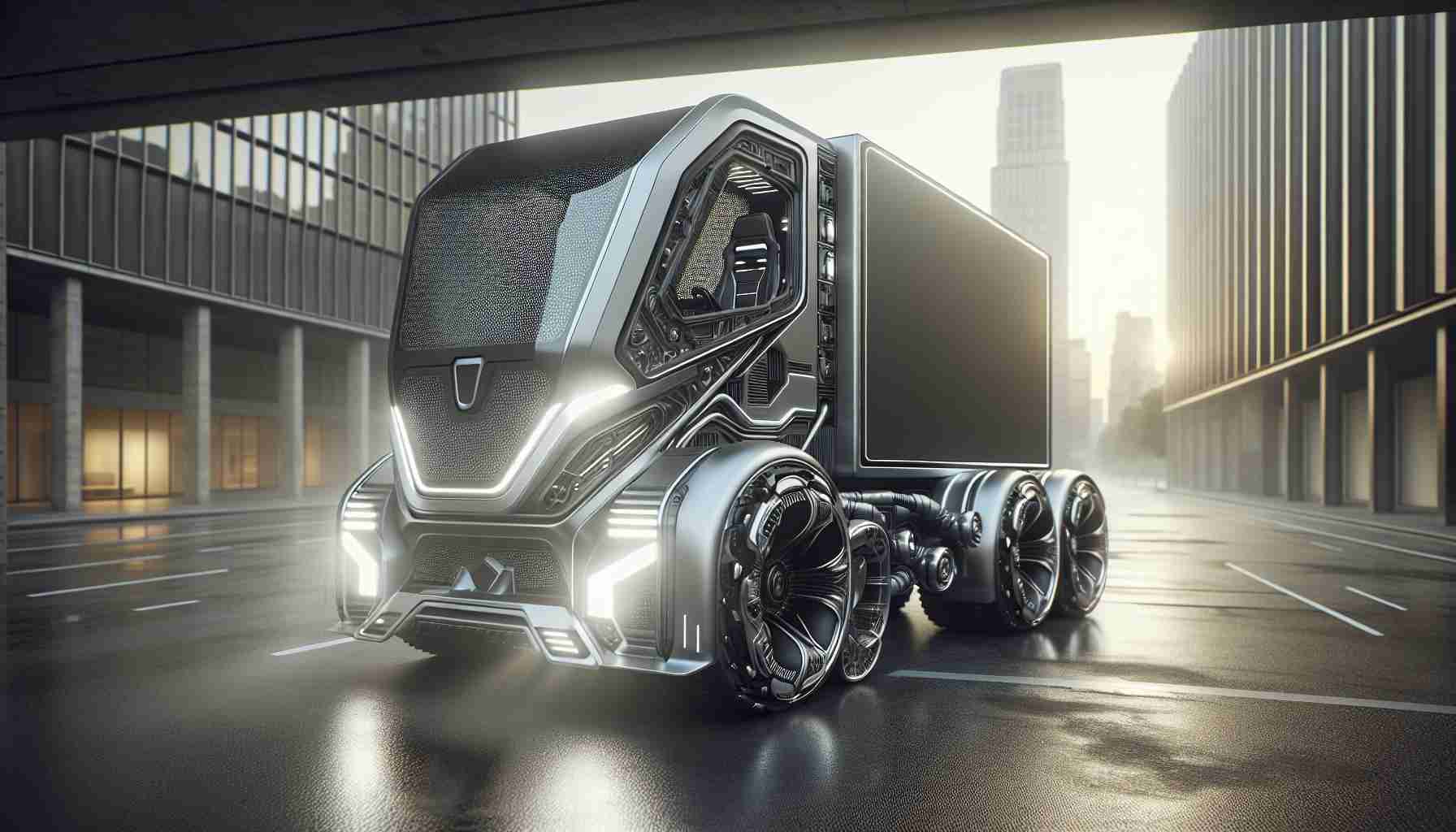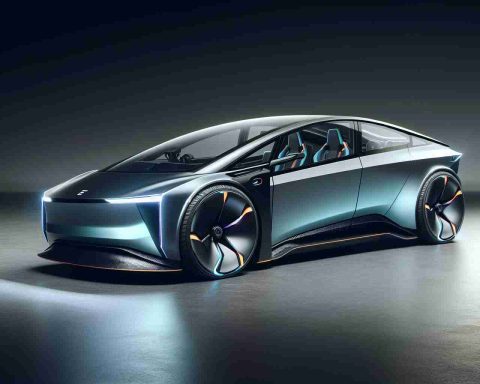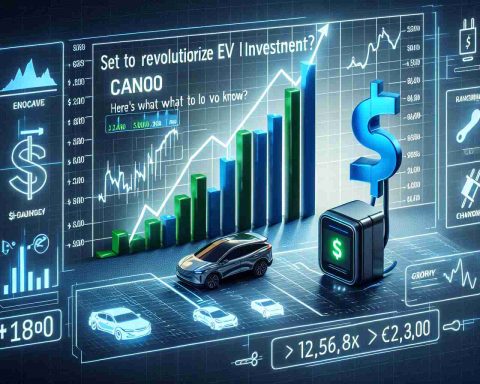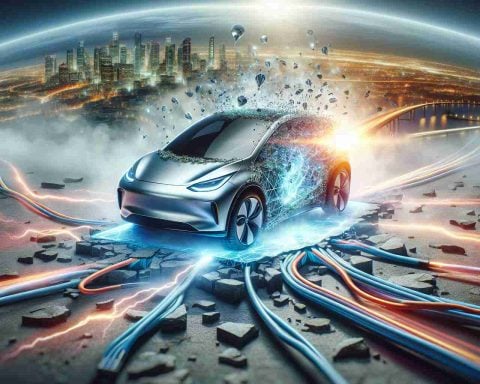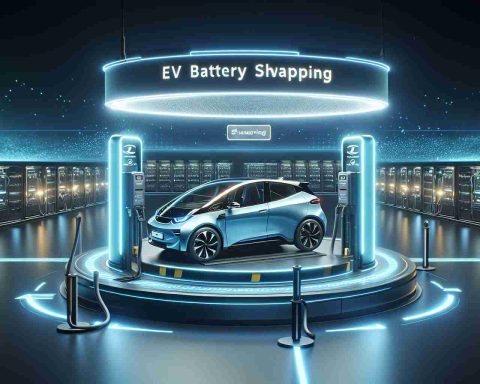The Cybertruck’s Sales Struggles
The Tesla Cybertruck is facing a significant drop in demand, according to a recent analysis by Morgan Stanley. As the excitement around its unique design fades, sales figures are reflecting this shift.
In a research observation, Morgan Stanley pointed out a noticeable decline in Cybertruck sales, leading to cautious forecasts for Tesla’s growth in 2025. The firm speculated that market pressures may result in a modest growth expectation of around 10%, significantly undercutting previous projections of 20%. Concerns about the potential repeal of EV incentives and increasing competition, particularly from firms in China, are adding to these challenges.
Despite the Cybertruck securing a spot as the fifth best-selling electric vehicle in the U.S. for 2024, the total sales numbers were surprisingly low—around 39,000 units. This is only a fraction more than its nearest competitor, the Ford F-150 Lightning.
Looking ahead, pricing adjustments seem inevitable. Possible strategies Tesla could employ include direct price cuts, attractive lease offers, or enhancing financing options. Another scenario to consider is the potential reintroduction of a more affordable rear-wheel-drive version, which previously appeared on the order book. As 2025 draws near, these adjustments might be essential for Tesla to maintain its market presence and appeal to buyers.
Rethinking Electric Vehicle Innovation
The troubles facing the Cybertruck illuminate broader challenges within the electric vehicle (EV) market, signaling potential ripple effects on society and culture. As consumer enthusiasm wanes in the face of increasing competition, economic considerations become paramount. The projected slowdown in Tesla’s growth—down from 20% to a mere 10%—suggests that automotive giants must adapt or risk market share to emerging players, especially those from China. This shift not only influences the corporate landscape but also shapes consumer expectations around sustainability and innovation.
With EV incentives possibly under threat, the landscape for electric vehicles could become even more daunting. Many consumers’ decisions to transition to electric models inherently rely on financial incentives, and the removal of these subsidies might deter potential buyers from venturing into this evolving market. This economic strain could lead to dominance by established brands that can capitalize on their market rapport rather than innovative startups.
Moreover, as Tesla considers pricing strategics like lease options and potential new models, environmental implications are also crucial. Transitioning consumers to EVs is vital for reducing carbon footprints, yet stagnation in demand for models like the Cybertruck could slow down the adoption of greener technologies, impacting long-term climate goals. Ultimately, the Cybertruck’s journey serves as a mirror reflecting the complexities of a shifting automotive industry—one where adaptability, consumer engagement, and environmental responsibility must intertwine.
The Future of Tesla Cybertruck: Challenges and Opportunities Ahead
The Cybertruck’s Sales Struggles
The Tesla Cybertruck, which made waves with its futuristic design, is now facing significant sales challenges as indicated by a recent Morgan Stanley analysis. This article delves into the latest trends affecting the Cybertruck, highlighting insights on its market performance, pricing strategies, and future prospects.
Current Market Trends
Recent reports reveal a troubling decline in Cybertruck demand, suggesting that the initial excitement surrounding its unconventional aesthetics may be waning. The analysis by Morgan Stanley indicates that Tesla’s growth projections for 2025 are now more conservative, estimating only a 10% increase. This is a stark contrast to earlier forecasts of 20%, largely influenced by competitive pressures and potential changes in government incentives for electric vehicles (EVs).
Despite being named the fifth best-selling electric vehicle in the U.S. for 2024, the Cybertruck’s sales total of approximately 39,000 units does not meet optimistic expectations. This figure shows only a slight edge over the Ford F-150 Lightning, indicating the competitive landscape in the electric truck segment is intensifying, especially with burgeoning offerings from Chinese manufacturers.
Pros and Cons of the Cybertruck
# Pros:
– Innovative Design: The unique aesthetics may attract a niche market seeking something different.
– Brand Loyalty: Tesla’s established reputation can motivate consumers already devoted to the brand.
# Cons:
– Sales Performance: The low sales figures reflect market realities that may deter potential buyers.
– Increased Competition: Rivals like Ford and new entrants from China threaten Tesla’s market share.
– Pricing Concerns: Future price reductions might impact perceived value among consumers.
Pricing Strategies and Adjustments
In light of these challenges, Tesla is expected to revisit its pricing strategies. A few possibilities include:
– Direct Price Cuts: Making the Cybertruck more competitively priced against competitors.
– Attractive Lease Offers: Encouraging more buyers to consider leasing as opposed to outright purchasing.
– Enhanced Financing Options: Providing better financing plans to ease the purchase process.
Additionally, the return of a more affordable rear-wheel-drive variant could be a tactical move to broaden its customer base. This option was previously part of the order book and could reignite interest among price-sensitive consumers.
Future Predictions
As the year 2025 approaches, Tesla may need to adopt innovative strategies to remain a significant player in the electric vehicle market. Here are some predictions:
– Sustainability Initiatives: Tesla is likely to enhance its sustainability narrative, aligning with growing consumer demand for eco-friendly products.
– Market Adaptation: The company may pivot to focus on more practical and utility-centered vehicle features to better meet consumer preferences.
– Technological Innovations: Continued investment in autonomous driving technologies could set the Cybertruck apart from competitors in the long run.
Conclusion
The Tesla Cybertruck’s journey illustrates the complexities of the electric vehicle market. While initial interest was high, ongoing sales struggles reveal a need for strategic adjustments as the competitive landscape evolves. By adapting pricing, enhancing features, and focusing on sustainability, Tesla aims to regain its momentum and secure its position in an increasingly crowded marketplace.
For more information on the latest developments and pricing options, visit Tesla’s official site.

